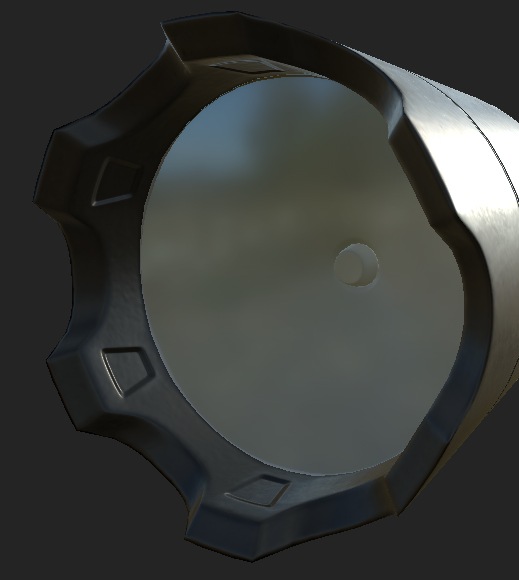

Essentially, you need to create a multi-pass shader using two identical meshes. The solution is to duplicate the glass mesh and use a second material with dithered blending to mimic the cloudiness. Dithered Blending and Multi-pass Renderingįortunately, there is a workaround for the murk issue. Protip: Additive diffuse blending can be used for a variety of interesting effects, like fire, sparks, etc. Due to the nature of additive blending, including the diffuse contribution will further brighten the object and give a glowing appearance, which is not what we’re looking for. It needs some sort of murk or cloudiness. Glass generally isn’t 100% transparent, the thicker the glass is, the more opaque it will appear.Toolbag 2.05 does not have a refraction shader, so other objects in the scene will not distort while looking through an add blend material.Additive materials do not work with the depth of field effect (additive materials can not be rendered into the depth buffer), so it is best to avoid DOF when using add blending.Additive materials do not cast shadows.There are some limitations that you should be aware of when using additive blending to mimic glass: Protip: Add Newton’s rings to the secondary reflection slot at a low intensity to give the reflections subtle color variance. By default, additive blending only takes the specular reflections of the model into account, which is ideal for glass, as glass is generally transparent except where highlights are visible.Ĭreating a very simple glass material involves nothing more than enabling add from the transparency drop-down, setting a logical microsurface level (for smooth glass, usually a gloss value in the 0.9-1.0 range) and setting the appropriate reflectivity value (linear specular intensity of about 0.4, or metalness value of 0). Add in this sense means to make brighter. Check out the example scenes for more details on exactly how I set up the materials and lighting.Īdditive transparency works by adding the pixels of a particular material on top of the rest of the scene. A friend of mine who has both said that he preferred Pyxel Edit for tile sheets for that reason, but Aesprite for animation.Glass is a very tricky subject that I get asked about a lot, so here is a short tutorial covering some techniques for creating glass and other transparent, reflective materials in Toolbag 2.
#Marmoset hexels dithering trial#
There's a free version of Pyxel Edit, but it seems like it's quite outdated.Įdit: GraphicsGale is free though, so while it's too bad it doesn't look great it's got that going for it at least.Įdit 2: I downloaded the free trial of Aesprite because I was curious how the shading thing worked and it's free, so hey! One thing I definitely noticed was that there seems to be no way to make tile sets, so you're mainly working with a single thing at once, whereas Pyxel Edit has whole tile sheets which let you make, say, an 8圆 array of 32x32 sprites. Aesprite does seem to have a free trial (although you can't save things), so it's probably worth trying it out before buying it. I enjoy using it and it works pretty well, however it can't be denied that it's missing certain features that would be really handy like dithering (or the shading mode/custom brushes that Aesprite has). I got Pyxel Edit in the game dev humble bundle, (and I got the bundle mostly since I was looking at Pyxel Edit).


 0 kommentar(er)
0 kommentar(er)
